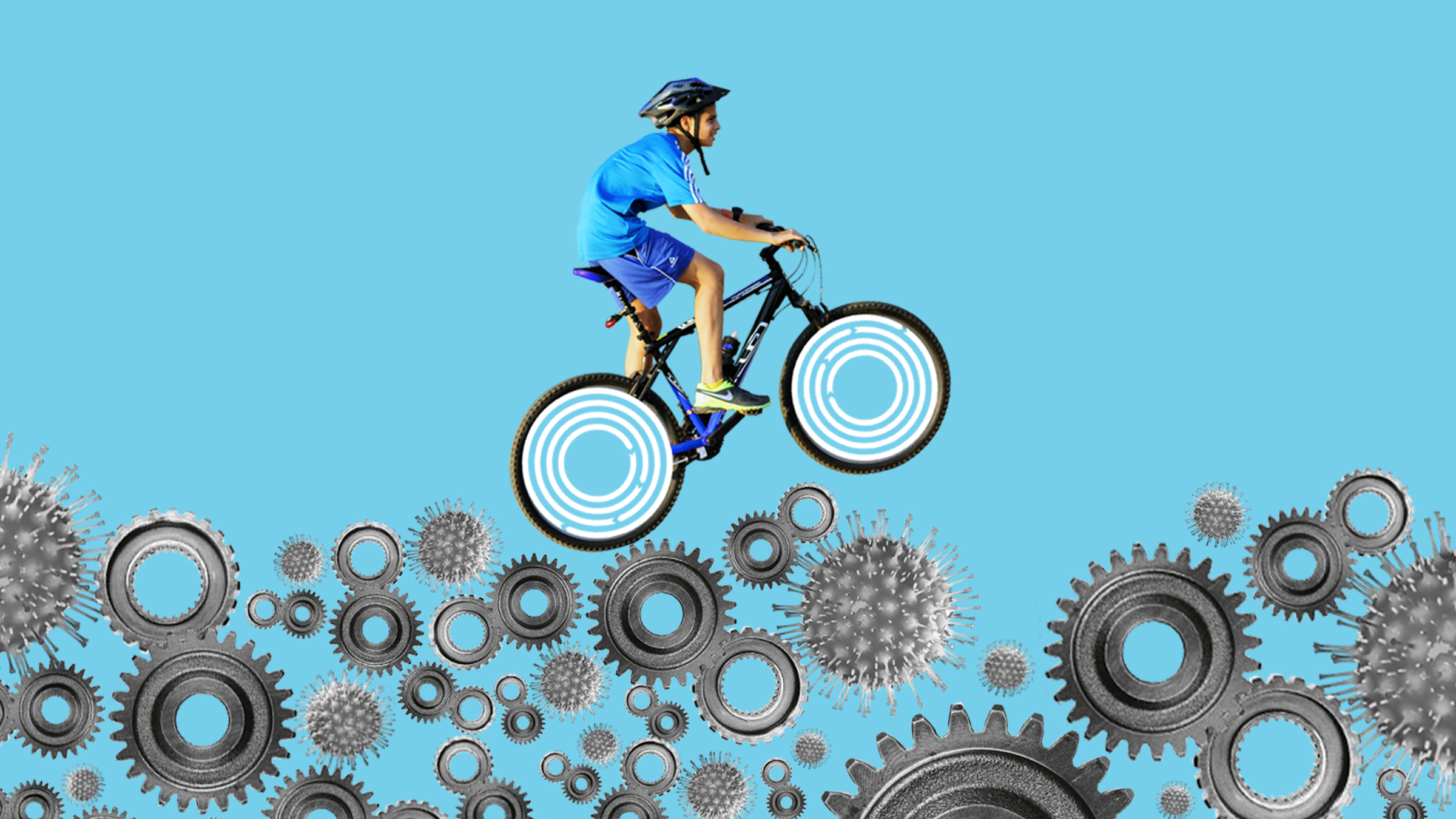The Lifestyles after lockdown report drew lots of attention and inspired also people outside the borders of Finland to attend the launch event on the 15th of December.
The report details the views of more than 1,500 urban dwellers in Finland on how their everyday life has changed during the pandemic and identifies those changes many would like to persist. A survey conducted in September 2020 canvassed the opinions of residents in Finland’s largest cities: Helsinki, Espoo, Vantaa, Tampere, Turku, Oulu, Jyväskylä and Lahti. In June 2020, in-depth interviews were conducted with 20 people at the forefront of consumer behaviour (a group known as the “leading edge” which is always the first to adopt new ways of doing things). The work was supplemented by interviews with experts from various fields.
At the launch event the researchers that conducted the research presented their key findings after which the panel of experts shared their perspectives regarding the observations of the study. The panel consisted of Soile Veijola from the University of Lapland, Helsinki Marketing CEO Laura Aalto as well as circular economy expert Riku Sinervo from Sitra.
The report has also raised many questions. We have collected the most common questions and answers here.
Questions and answers
Why the study was targeted only to city dwellers?
Cities are densely populated areas and the restrictions in them during COVID times were stricter than in other parts of the country. Also, it has been widely reported that the crisis has been especially harmful to urban areas.
What does leading edge mean?
The leading edge refers to people who push the boundaries and are the first movers. They provide clues to the possible direction that change may take in society. They are curious, do not hesitate to jump out of the comfort zone and get inspired by challenges. 13 per cent of the people who replied to the survey met the characteristics of the leading edge.
The study covered 20 deep interviews. Who were these interviewees?
The research and consultancy company conducting the research, recruited the interviewees to match the profile of leading edge described above. People belonging to the leading edge group can live both in cities and on countryside.
How different groups (leading edge, fast followers and mid mass) were identified in the survey cohort?
The survey contained background questions which were used to identify people in the three groups. The respondents were divided into these categories depending on their answers. This grouping is a result of long development, and it has been validated in many countries. The grouping helps to understand changes in peoples’ behavior and attitude.
How could we prevent a rebound effect that some of these behaviour changes can cause?
There is a potential for a positive impact, but it requires the right type of interventions. We are hoping the report informs decision-makers in different parts of the society to make decisions that will prevent or at least minimize any rebound Rebound phenomenon A situation in which the solution to a problem reduces its benefits or worsens the actual problem. For example, exchanging a car for a newer one that uses less fuel may lead to an increase in the amount of driving and therefore more emissions. Open term page Rebound phenomenon effects.
Is there a risk of mind-first interpretations? Meaning that intentions and expressions are taken as behaviour change as such?
This is always a risk; however, we have combined multiple methods to minimize the risk of over-interpreting declarative statements. Data-points highlighted in the report are examples for illustrative purposes. However, the report conclusions are the sum of all our observations using multiple supporting data-points evaluated across both quantitative data (on levels of values, attitudes and declared behaviours) and qualitative research and observation. We have also used a longitudinal approach for some of the data that allow us to identify dynamics that can point to the direction of more long-term and deep-rooted changes.
The study refers to companies as “partners” for sustainability when individuals are making purchase decisions that reflect their values. How could this translate to the relationships between companies and local communities?
It could translate in different ways. Many brands have started to think about their relationship with communities and roles in neighbourhoods. They may be exploring how they can be closer to consumers in terms of relevance, contribution, or physical presence. We might see a preference for smaller formats stores closer to your home, focused on “serving” a community, not only in terms of products but also employment, services, and implication in community life. There are different ways this can develop, and many of them are very interesting.
Some percentages in the report were rather low such as only 8,5% of people said they would continue travelling more domestically. This seems like quite a low percentage?
Yes and no. The question was specifically about the people who have travelled more (and doesn’t measure those who didn’t change this behaviour) during the most severe period of the crisis restrictions in the spring of 2020. The overall figure was roughly 20 per cent, so almost half of those who travelled planned to continue to do so. Our interpretation using additional data-points is that there is a positive attitude towards domestic travel. There is, however, a significant opportunity for the travel industry to better serve the needs of domestic travellers.


















Recommended
Have some more.